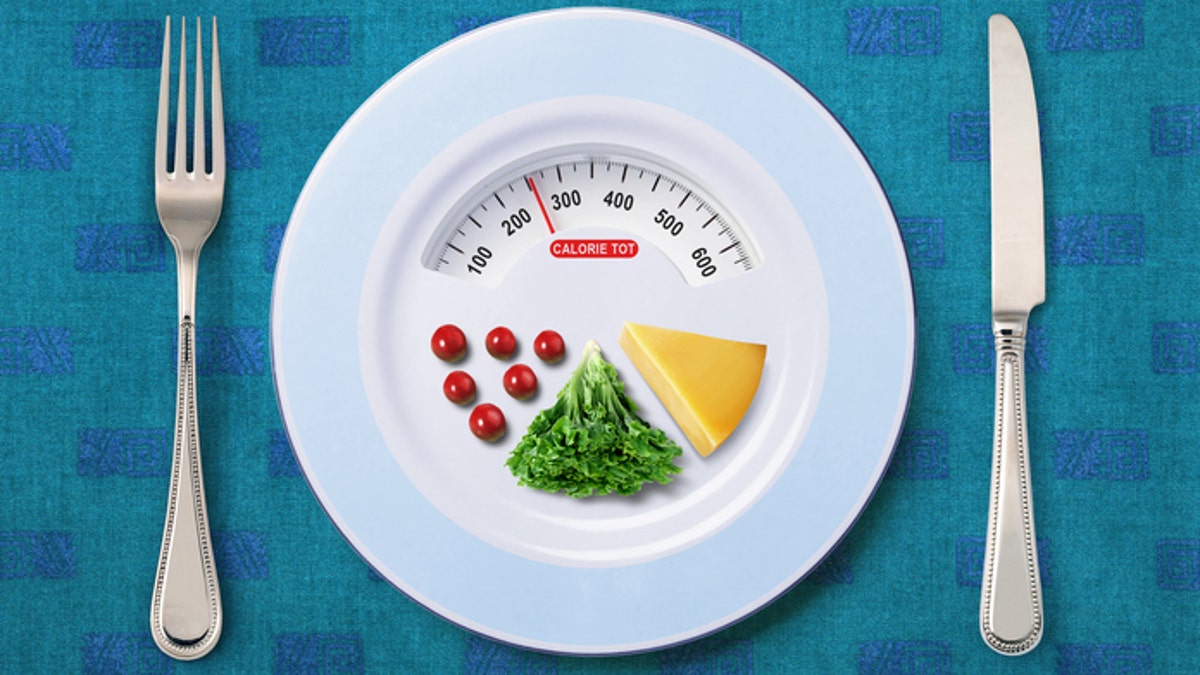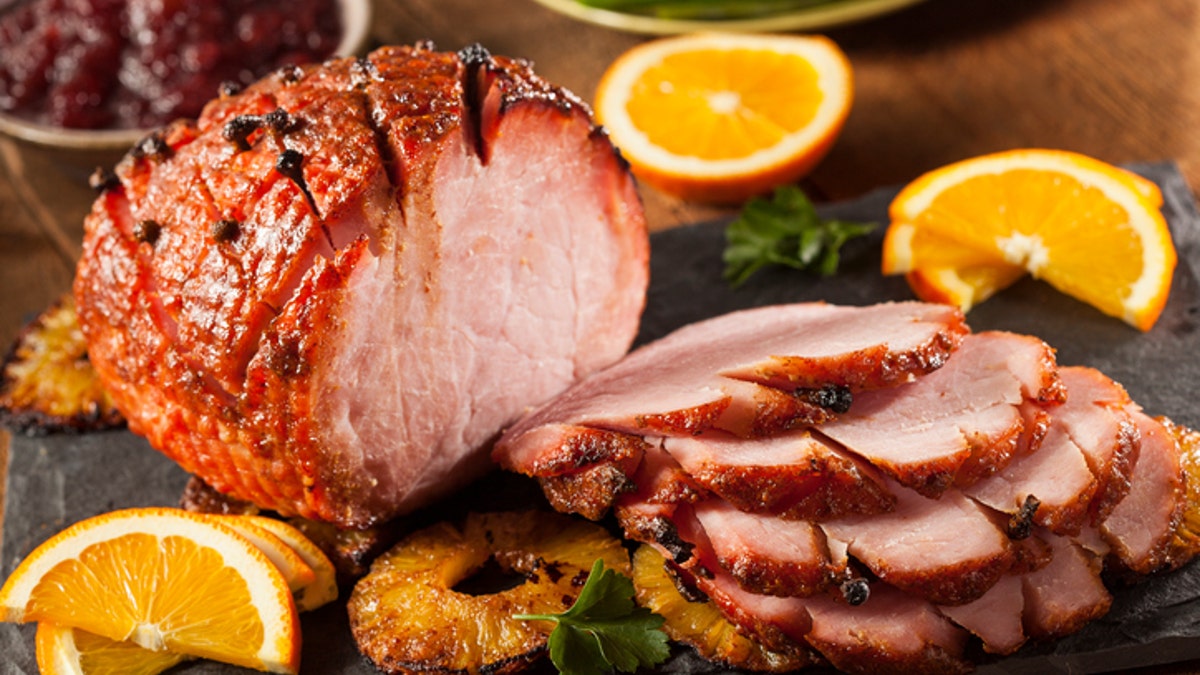
Rib eye on the bone Steak beef meat raw on white (iStock)
Between burgers at summertime barbecues, spaghetti and meatballs, and braised ribs throughout the winter, Americans eat a lot of red meat.
On average, we eat more than 100 pounds of red meat a year, and show no signs of slowing down. But what you don’t know about meat can actually hurt you. It’s time to start eating red meat mindfully.
The days of swearing out meat altogether are slowing down (hey paleo people, we're looking at you). Small amounts of red meat are actually really good for you-- it’s a great source of protein and helps your body perform necessary functions (like breathing). But before you start wrapping everything in bacon, it’s time to note that moderation is the key--there is a direct correlation between consuming large quantities of red meat and early death.
Check Out 11 Things You Didn’t Know About Red Meat
If you do decide to shrink your serving size of meat, make the most of your meat consumption and enjoy every bite. Try some crazy combinations, like red meat and peanut butter, or stick to a classic grilled steak paired with a bright acidic red wine like carménère.
Meat isn’t as bad for you as was once thought, but there are some things you should know to make the most of your meat eating ways, starting with the recommended daily serving size.
1. Serving Size

view of calorie tot in food that on white plate (iStock)
Bigger is not always better. The recommended serving size for lean red meat is three to four ounces, about the size of a deck of cards.
2. Healthy Red Meat

Cows herd on the grassy field at sunset. (iStock)
The healthiest type of red meat for you is organic, grass-fed lean beef, which is usually richer in omega-3s, vitamin E, and linoleic acids than beef that comes from conventionally cows.
3. Worst Type of Red Meat

Traditional Sliced Honey Glazed Ham Ready for the Holidays (iStock)
One of the worst types of red meat for you is ham. Whether baked, glazed or country-style, this variety of red meat is high in fat (7.7 grams of fat, with 2.7 grams of saturated fat) and sodium (1,275 milligrams of sodium, which is about half of the daily recommended amount).
More from The Daily Meal
Eating Red Meat Daily Ups Risk of Mortality
Gwyneth Paltrow Stopped Eating Red Meat Thanks to Leonardo DiCaprio and More Celebrity News
The Marriage of Red Meat and Peanut Butter
Too Much Red Meat May Lead to Kidney Cancer
4. Nutritional Value

pills on spoon with leaves on a wooden background (iStock)
A three-ounce serving of red meat (beef) provides you with half (about 25 grams) of your recommended daily protein intake and is also an excellent source of Vitamins B6 and B12 (which give you energy), zinc (which helps maintain your immune system), and is a good source of iron (which helps your body use oxygen efficiently).
5. Heart Health

Healthcare Concept: Heart Care (iStock)
Contrary to popular belief, red meat does not increase the risk of coronary disease. A recent study shows that eating three ounces of lean red meat a day was not associated with a higher risk for heart disease or diabetes.
6. Allergies from Ticks

A man is spraying bug spray on his arm. (iStock)
A bite from a lone star tick is known to cause allergic reactions to red meat. So be careful in deer country, meat eaters.
